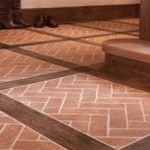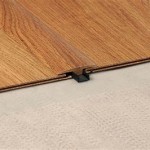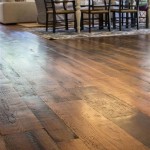Vinyl flooring is an attractive, cost-effective, and durable flooring option for homeowners. However, the cost to install vinyl flooring can vary depending on the type of vinyl you choose, the complexity of the installation, and the size of the area being covered. In this article, we’ll explore the factors that influence the cost of vinyl flooring installation, including the cost of materials, labor, and other associated costs.
Cost Of Materials For Vinyl Flooring
The cost of the materials you’ll need for your vinyl flooring installation will depend on the type of vinyl you choose. Luxury vinyl tile (LVT) and luxury vinyl plank (LVP) are two popular types of vinyl flooring, and both come in a variety of colors, textures, and styles. LVT and LVP are typically more expensive than traditional sheet vinyl, but they’re also more durable and easier to install. Generally, you can expect to pay anywhere from $2 to $5 per square foot for materials.
Cost Of Labor For Vinyl Flooring Installation
The cost of labor for vinyl flooring installation will vary depending on the complexity of the job and the size of the area being covered. Installation of traditional sheet vinyl is relatively simple and typically takes between two and four hours, while installation of LVT or LVP can take up to eight hours or more. Generally, you can expect to pay between $2 and $4 per square foot for labor.
Additional Costs Associated With Vinyl Flooring Installation
In addition to the cost of materials and labor, there are several additional costs associated with vinyl flooring installation. If you’re installing over an existing floor, you may need to purchase additional materials such as underlayment, adhesive, and grout. You may also need to rent or purchase special tools such as a power saw, heat gun, or flooring roller. Finally, you may need to pay for delivery and disposal of the old flooring.
Ways To Save Money On Vinyl Flooring Installation
There are several ways to save money on vinyl flooring installation. If you’re installing over an existing floor, you can save money by using existing materials such as underlayment and adhesive. You can also save money by shopping around and comparing prices from different suppliers. Finally, you can save money by doing some of the installation yourself, such as measuring and cutting the vinyl.
Conclusion
Installing vinyl flooring is an attractive, cost-effective, and durable flooring option for homeowners. The cost of materials, labor, and other associated costs will vary depending on the type of vinyl you choose and the complexity of the installation. By shopping around and doing some of the installation yourself, you can save money on the overall cost of the project.















Related Posts








